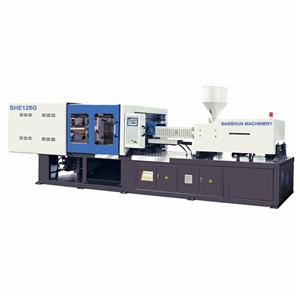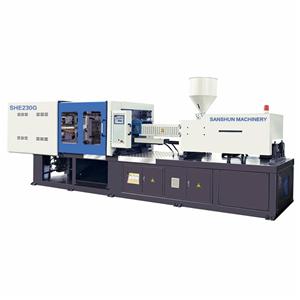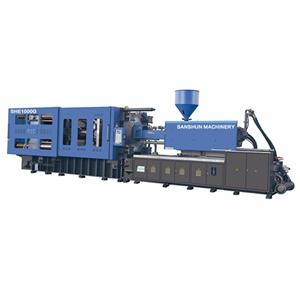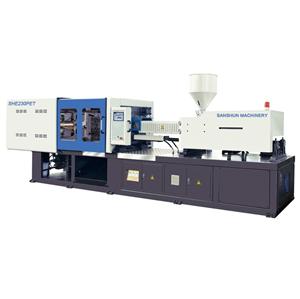- Home
- >
- News & Resources
- >
- Our Blog
- >
- Attention should be paid to the design of gas-assisted injection molding products
Gas-assisted injection molding technology is a new plastic injection molding technology, its principle is the use of high-pressure gas in the plastic parts inside the hollow section, the use of gas pressure instead of plastic injection pressure, the elimination of product shrinkage marks, the completion of the injection molding process. The process of gas assisted injection molding mainly includes three stages: plastic melt injection, gas injection and gas pressure retention.
According to the melt injection amount, it can be divided into short injection and surjective injection. In the short injection mode, the gas first pushes the melt to fill the cavity and then keeps the pressure. In surjective mode, the gas only ACTS as pressure - holding.
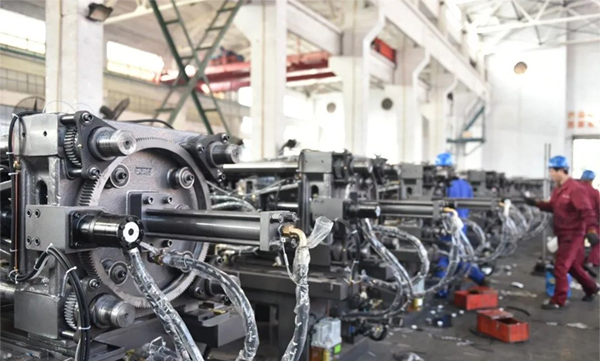
The advantages of gas-assisted injection molding technology mainly include:
To solve the problem of shrinkage marks on the surface of parts can greatly improve the surface quality of parts.
Local thickening of the air duct can increase the strength and dimensional stability of the parts, reduce the internal stress of the products, and reduce the warping deformation.
Save raw materials, up to 40% ~ 50%.
Simplify product and mold design, reduce mold processing difficulty.
Reduce cavity pressure, reduce clamping force, prolong die life.
Speed up cooling and shorten the production cycle.
Compared with the ordinary injection molding process, gas-assisted injection molding technology has incomparable advantages, known as a revolution of the injection molding process, in-home appliances, automobiles, furniture, daily supplies, and almost all plastic parts field has been widely used. In the field of home appliances, especially the large screen color TV front shell is the earliest and most widely used gas-assisted injection molding technology one of the products.
Gas auxiliary products and mold design basic principles:
When designing, first consider which wall thickness needs to be hollowed-out and which surface indentation needs to be eliminated, and then consider how to connect these parts into the airway.
large structural parts: full thinning, partial thickening for the airway.
The air passage should be evenly arranged to the whole cavity according to the main material flow direction, and closed-circuit air passage should be avoided.
The cross-section shape of the air passage should be close to the circle to make the gas flow smoothly. The size of the cross-section of the airway should be appropriate. Too small the airway may cause gas permeability, while too large the airway may cause weld marks or cavitation.
The airway shall extend to the final filling area (generally on a non-visual surface), but not to the edge of the cavity.
The main airway should be as simple as possible, the length of the branching airway should be the same as possible, and the end of the branching airway can be gradually reduced to prevent gas acceleration.
The airway can be straight is not curved (the less the better), the corner of the airway should use a larger radius of rounded corners.
For multi-cavity molds, each cavity shall be supplied by an independent air nozzle.
If possible, there is no second option for gas propulsion.
The gas should be confined to the airway and penetrate to the end of the airway.
Accurate cavity size is very important.
The symmetrical cooling of parts is very important.
Flow balance is important for uniform gas penetration when gate intake is used.
An accurate injection volume of melt glue is very important, each injection volume error should not exceed 0.5%.
An overflow well is set at the final filling place to promote gas penetration, increase the hollowing rate of the air passage, eliminate hysteresis marks and stabilize product quality. The addition of a valve gate between the mold cavity and the overflow well can ensure that the final filling occurs in the overflow well.
The small gate can prevent the air from pouring into the gate when the air inlet.
The gate can be placed on a thin wall and kept more than 30mm away from the inlet to avoid gas penetration and backflow.
The air nozzle should be placed in the thick wall and located farthest from the final filling.
The direction of the air outlet should be consistent with the direction of the material flow.
Maintain the melt adhesive flow front to advance at a balanced speed, and avoid the formation of a v-shaped melt adhesive flow front. The cavity volume that is not filled before air intake shall not exceed half of the total volume of the airway.
When using full-charge injection, half of the total airway volume should be approximately equal to the volume shrinkage of the plastic in the mold cavity by referring to the relation diagram of pressure, specific volume, and temperature of the plastic.

